What led you into design?
I went to art school in Baltimore for middle and high school, so I grew up doing a lot of traditional drawing, painting, photography, and faking injuries in gym class to sit and knit on the sidelines. Photography class was my jam—I started making books, building small sets, and combining prints to process my experiences around my parent's divorce and work through a lot of oscillating relationships during that time. I didn’t like math class nearly as much.
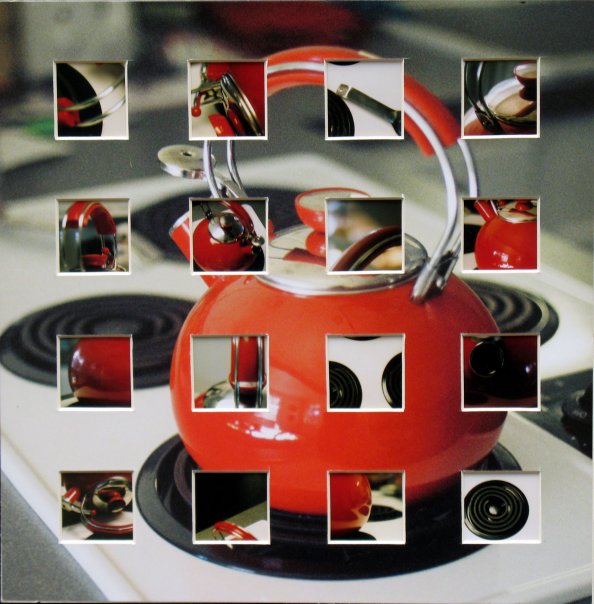
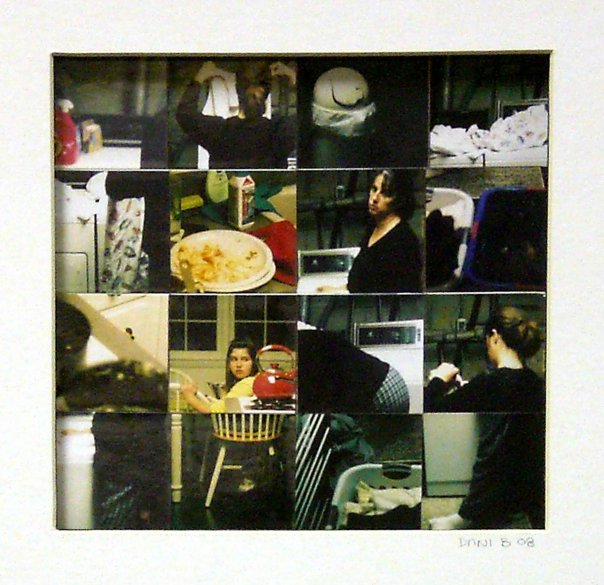
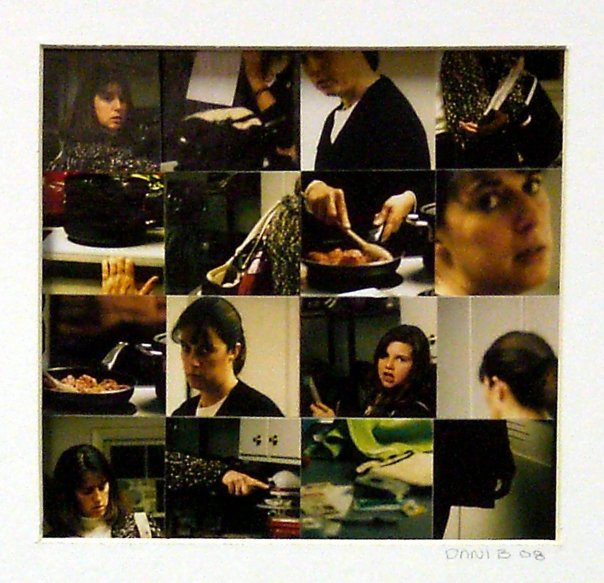

The very specific story though, was that we all had to do 40 sketches per quarter for a grade. By the time I was a senior it had gotten boring to keep drawing my feet, hands, and everything else around me, so I started drawing tons of different patterns, shapes, and what I think might be considered illustrations. I tried to turn them in to be graded, but the department head didn’t accept them because they weren’t observational. I was super upset because I actually really liked what I had made and the kid who drew 40 blind contours a day before sketches were due had no problem getting his in. Luckily, my photography teacher defended the work, got them graded, and suggested I look into graphic design.
That was the first time I had heard of any kind of design that wasn’t fashion design. I went on to RISD and now I’m drawing patterns, shapes, and what I think might be considered illustrations for a real job!
What does a typical day look like?
Usually starts off with organizing my brain. I answer texts/emails from the east coast, think about all the things I want to do that day, and then get out of bed to write them all down in a to-do list before going to work. Without the list I’d 100% forget almost everything and feel like I did nothing at the end of the day.
Once I’m in the studio I do little things like breakfast and internet, but then each day is different depending on the project I’m on. I might be at my desk trying to remember how to use InDesign for a book project, or on set doing prop styling and art directing for a photoshoot, or at the craft table making a mess with paper for a blog post illustration. Doing all kinds of everything is great for my ADHD because it keeps me engaged with the current project and excited for the next.
A typical day also includes goofing off with the team, who are like family and honestly, I still have imposter syndrome here and there. Working with people who are so good at what they do sometimes makes me feel like I can’t do certain things just because other people are already great at them. It’s something I remind myself to get over on the daily.
After work it’s usually just gym classes with friends, working on personal projects, thinking about some aspect of the internet/future/world, and attempting to cook me dinner. Please ask my coworkers about the time I used a french press to thaw and strain frozen shrimp or about cooking beans with maple syrup, they’ll really love it!
What’s your setup?


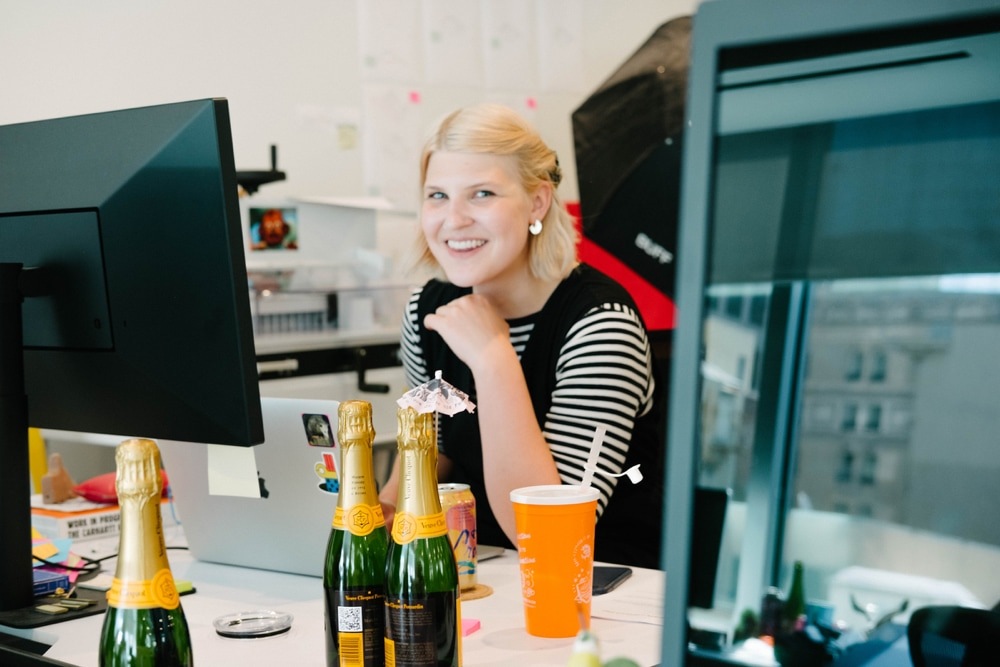
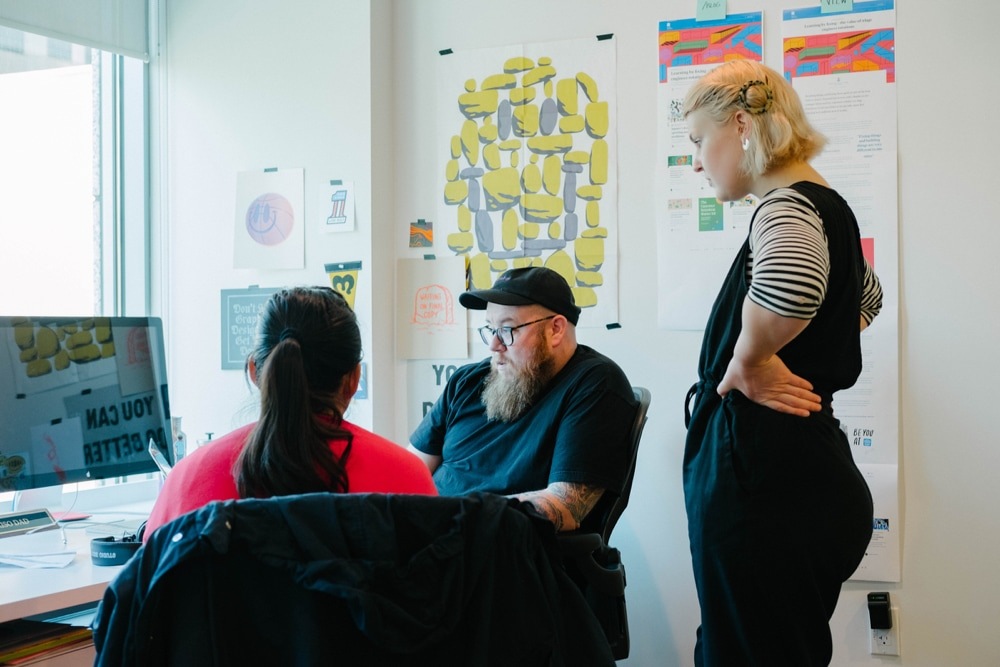
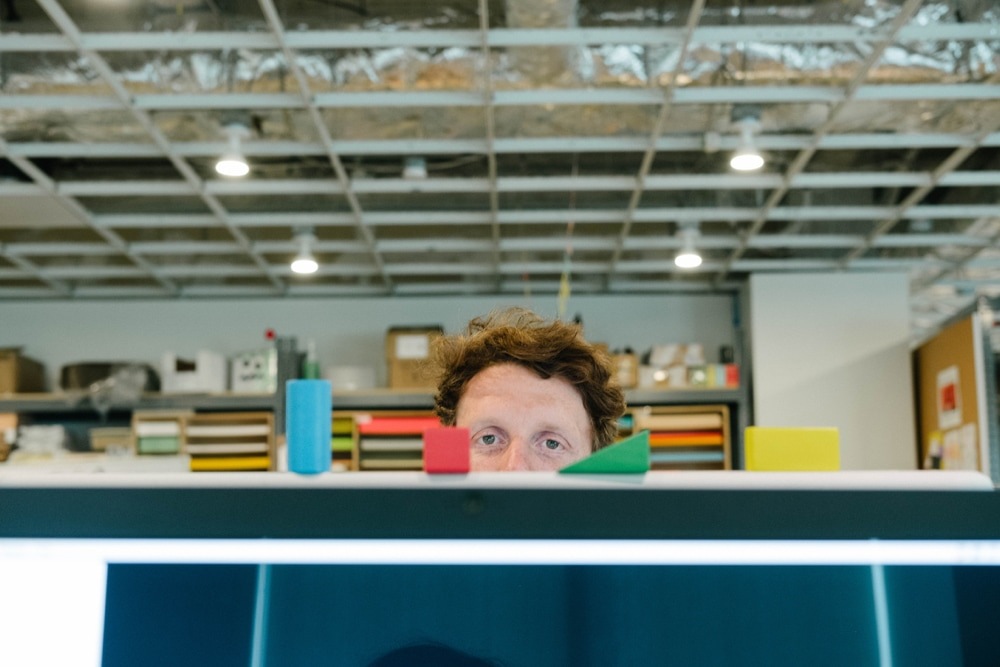
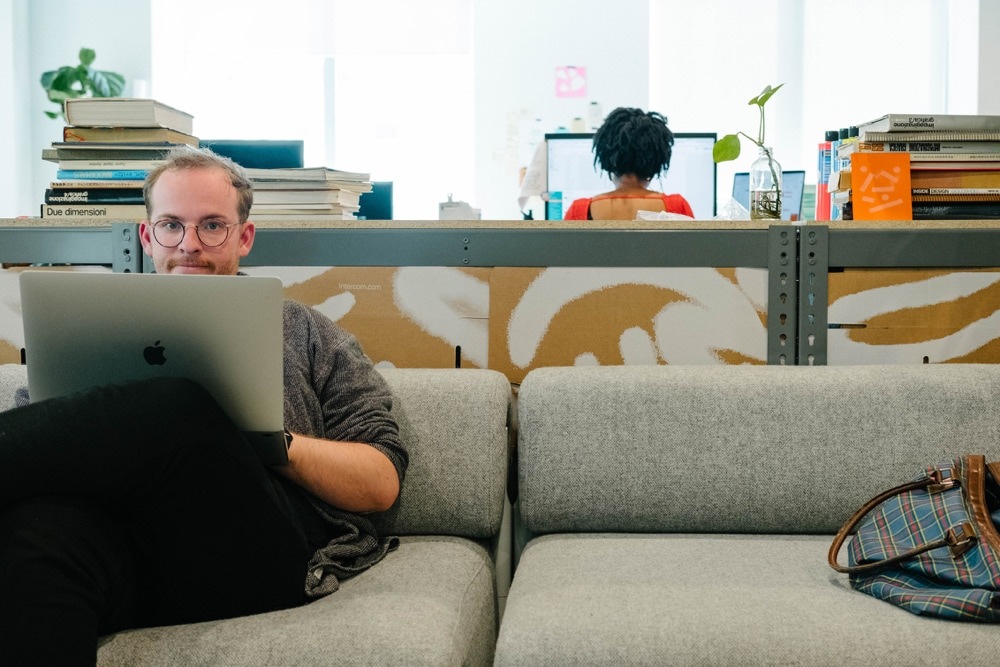


Where do you go to get inspired?
So this is something I consider during my research process a lot. The internet is awesome. Everything you could think of (and can’t think of) is readily available, it’s easy to share all kinds of work, and it’s neverendingly broad. But it’s also really dangerous to fall victim to scrolling culture. When you see image after image non-stop, it takes all of the context/time/ processes that went into that single jpeg away from you. So while I go to the internet to be inspired, I make it a point to moodboard selectively and consciously for every project. I once saw a colleague print out a 75 pin Pinterest board as a moodboard (like the entire web page itself) and I nearly lost my mind.
Lifewise, New York had a lot of shapes that I collected when I lived there and San Francisco has some nice colors that have been inspiring my work recently. Also the enormous confidence, vulnerability, hilarity, and total artistry that the queens on RuPauls Drag Race put into their work has helped me become more confident about putting my own voice into mine.
What product have you recently seen that made you think this is great design?
Things that make me kvell over their design are things that surprise me and then back up that excitement with solid problem solving and clever thinking. SuperHi does this all around. At first glance, their visual identity is fun but structured, their tone of voice is eager but confident, and their twitter is funny as hell. And then the code editor hits a billion home runs when you use it. It made learning how to code a lot more tangible than my previous attempts and the color picker alone made me audibly gasp and say “COOL” really loudly the first time I found it. There’s also an emphasis on community and problem sharing, which are needed for personal growth and learning a new skill.
What pieces of work are you most proud of?
There are two! The first one is Living With:, which was my thesis project in undergrad and technically my first job, since it became a real company for 2 years once I graduated. It’s super important to say that I made it in 2013, so there’s a lot of things I’d update about the design of literally everything, and the copy is a little outdated because mental health has become a lot more destigmatized and openly discussed since then.
But regardless, I’m proud of it because of the impact and resonance that it had with a global community living with mental health daily, as well as the partnership and support it had with Active Minds. It was the first project that I did nearly everything for—concept, design, strategy, copywriting, website, vendor sourcing, community building, marketing, shipping and fulfillment, running a dang business, etc—so getting emails about how much people identified with the shirts and how empowered they felt while wearing one was an experience that reaffirmed how impactful design can be. I had to shut it down to take care of my own mental health, but it’s changed the way I think and approach work every day.
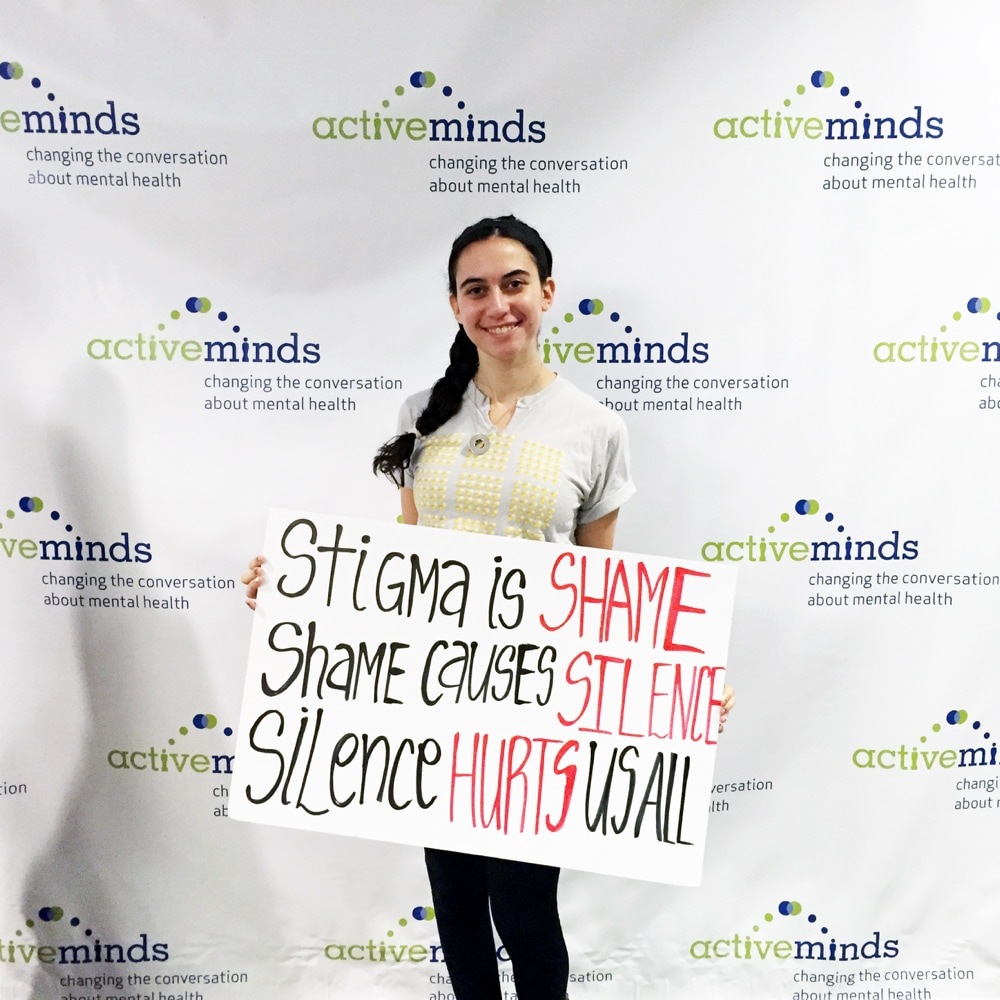
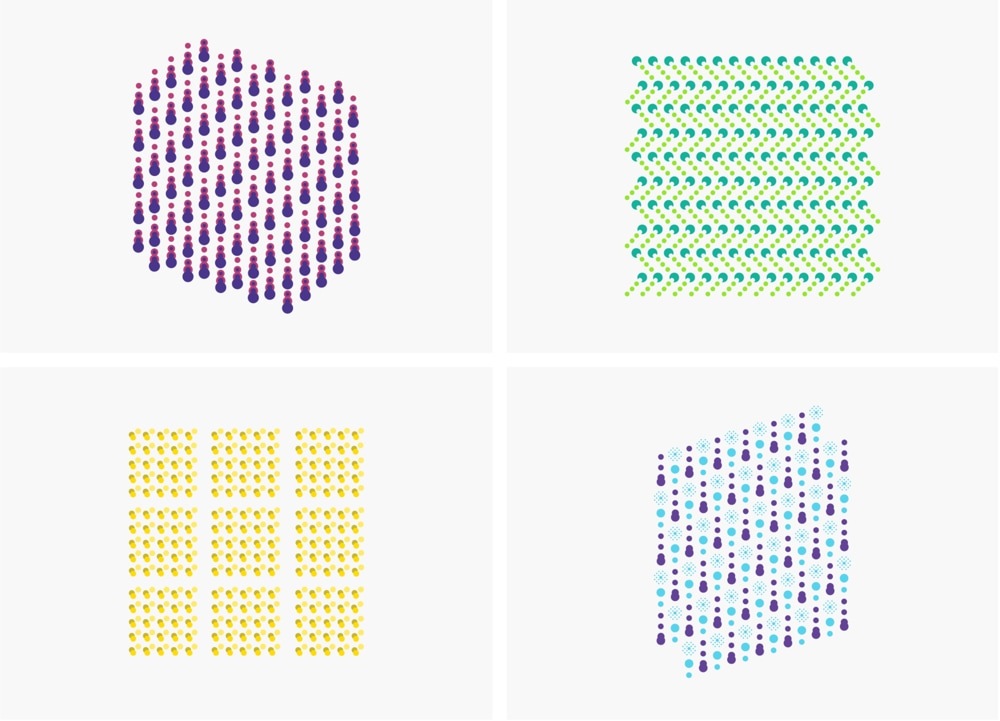

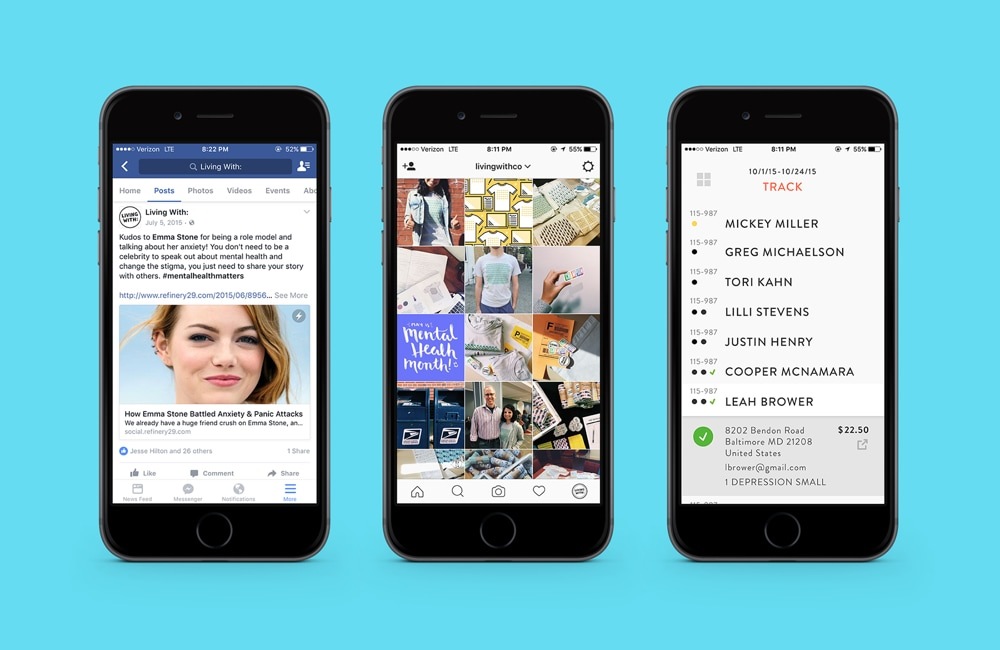
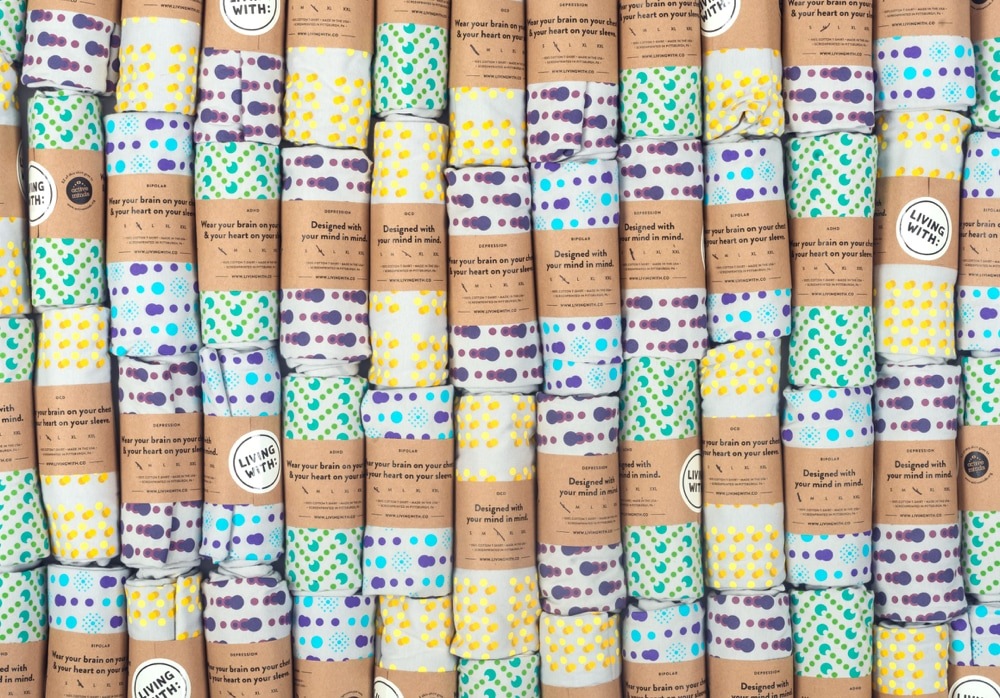
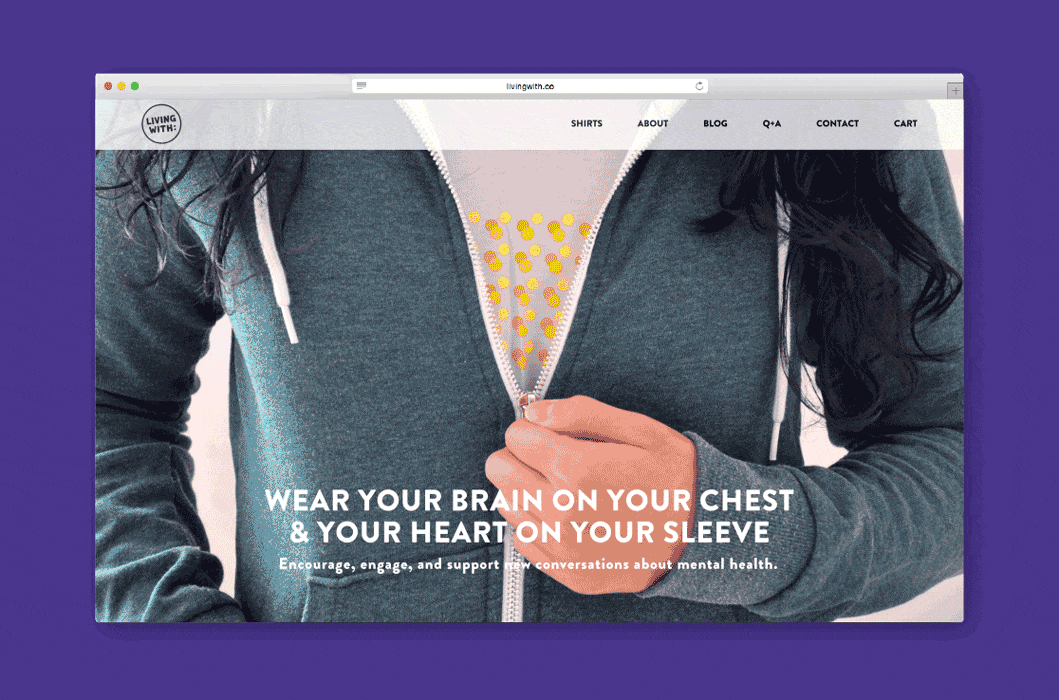
The second project I’m most proud of is Intercom on Marketing. First off, I remembered how to use InDesign. Second off, I was able to get really loose and put my best foot forward creatively without stopping myself before I even started. Thirdly and most importantly, this project wouldn’t have gotten off the ground without support from the entire team. From feedback on initial sketches, to coding the ePub, to picking out a single cover from about 20 iterations with minimal differences, to explaining Sketch shortcuts, to making ads last minute, this project taught me the value in having a team that you can fall back on and say “Hey, can you help me with this?” without fear of being perceived as incapable or feeling devalued.



What design challenges do you face at your company?
Intercom is a start-up, but it’s growing fast and that comes with new problems to solve. With each project, we try to improve how we work cross-functionally with other teams and what that process looks/feels like on both ends. Our ideas come to life with the help and input of so many people across the company that honing the process is always a top priority. We’ve messed that up a lot in the past so each project is an opportunity to do it better.
We’re always thinking about what it means to integrate product design with brand design, too.
What music do you listen to while designing?
Any advice for ambitious designers?
Honesty isn’t weakness. Being vulnerable is intimidating and hard, both as it relates to design and life. But you gotta feel feelings in order to grow, build relationships with clients/coworkers/pretty much everyone, and shape your own values.
The project you’re working on now is not the last project you’ll work on. Stress over it as much as you want, but remember that there’s always the next one.
The internet has the attention span of a fly so assuming you don’t do anything horribly catastrophic, you’re going to be fine.
DraAaAAaaaAaaw.
Anything you want to promote or plug?
These people and things are making the world better in big and small ways: Ladies Get Paid, ACLU, Chill Wildlife, Women of Graphic Design, Pay Interns NYC, Trixie and Katya, Girls’ Night In, Call Party, Headspace, and Anxy.
Holla on twitter and instagram
If anyone’s made it to here, I’m impressed.








